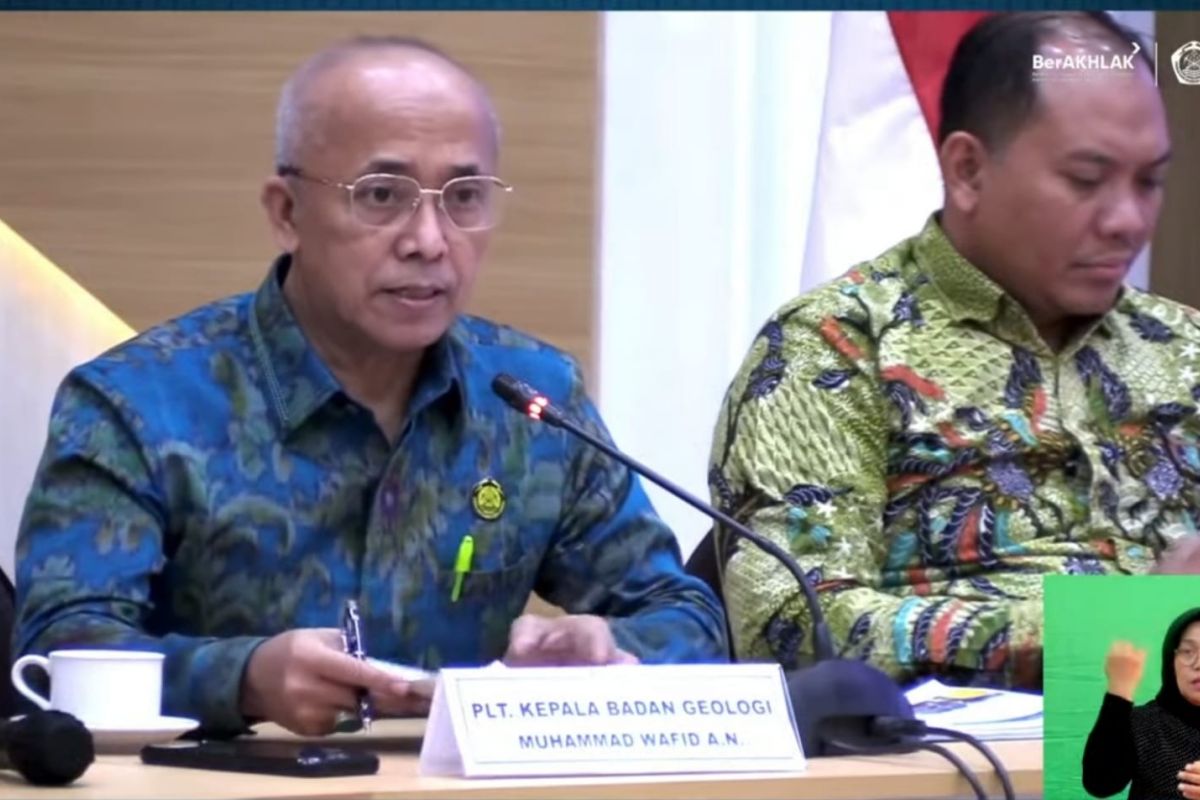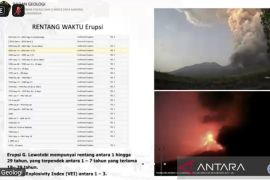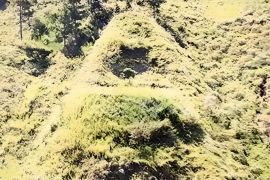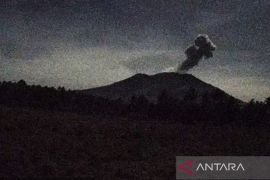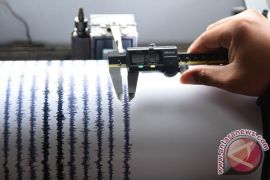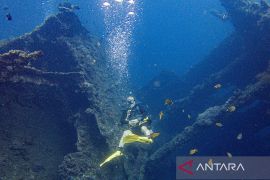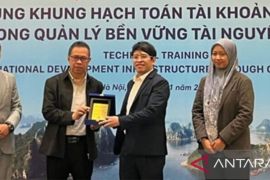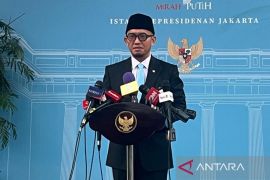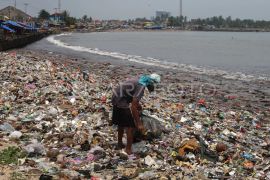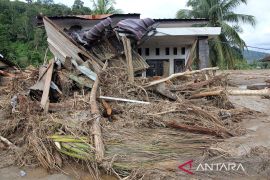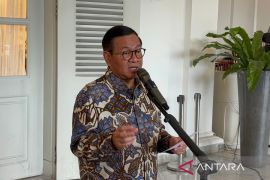"To support the energy transition and development of green energy, we carried out exploration activities for lithium and boron minerals," acting head of the Geological Agency, Muhammad Wafid, stated during the press conference in Jakarta on Friday.
During the presentation, Wafid highlighted that his side had found five locations on Java Island -- Bledug Kuwu, Bledug Cangkring, Jono, Crewek, and Kasonga -- with lithium and boron potential.
"In Bledug Kuwu, research has been carried out to extract both the brine and the salt for laboratory testing, and we have obtained some data from the lithium," Wafid stated.
Meanwhile, the agency's secretary, Rita Susilawati, remarked that the investigation regarding lithium was still in an early stage and to this end, further study was needed.
"We still need to carry out further investigation through exploratory geophysical and hydrogeological studies. If this continues in 2024, then in 2025, we can have more conclusive results for the management and utilization," she remarked.
Lithium is a soft, silvery-white alkali metal, with atomic number 3, and is known for its unique characteristics, such as being the lightest metal, having the highest electrochemical potential, and being very reactive with water.
Lithium is highly needed in the efforts to achieve carbon neutrality. The metal is also an important element in the production of electric vehicles, lithium-ion batteries, and solar batteries.
Meanwhile, boron is an important component of hydrogen fuel cells, which is an alternative energy for electric vehicles. Boron is also the raw material for neodymium-iron-boron (NdFeB) magnets and the raw material for pyrex.
The demand for Boron increased by 30 percent in 2022 and will increase along with the high demand for electric vehicles and the new and renewable energy (NRE) industry in the following years.
In addition, Wafid stated that his agency is also conducting investigations into other new energy, namely natural hydrogen.
"Natural hydrogen is known as a source of electrical energy. Indonesia's geological conditions allow for the formation of natural hydrogen," he stated.
The Geological Agency conducted a survey to determine the presence of natural hydrogen in Indonesia, namely in the eastern part of Sulawesi Island since this area has ideal geological conditions for the formation of natural hydrogen gas.
The survey was conducted at two locations in Central Sulawesi Province, namely Tanjung Api (Ampana) and Bahodopi (Morowali).
Survey results at the two locations found hydrogen gas seepage, with a content of 20-35 percent, in the Tanjung Api area and nine percent in the Bahodopi area. Moreover, abiogenic methane gas and nitrogen with significant concentrations were found.
Related news: Germany commits 262.82 mln euros for Indonesia’s green goals
Related news: Indonesia to make bid for large-scale power plants: Deputy minister
Translator: Benardy Ferdiansyah, Resinta Sulistiyandari
Editor: Rahmad Nasution
Copyright © ANTARA 2024
